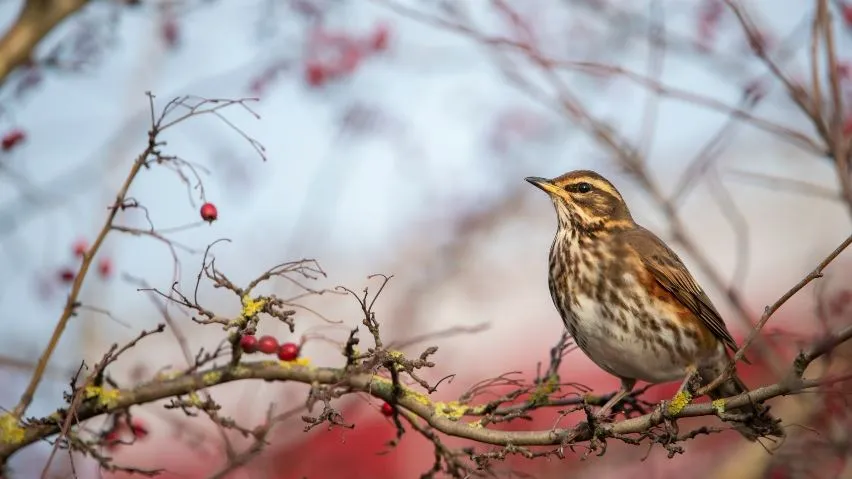Nature and climate change
Climate change is already driving nature-loss around the world and its impact will only rise in the coming years. Learn more about this complex and evolving issue.

On this page
The global impact of climate change
Climate change is one of the key drivers of nature-loss around the world. As well as placing new pressures on wildlife and habitats, it exacerbates already-existing ones. As the climate crisis intensifies, so too will its impact on nature.
The RSPB’s report Nature of Climate Change summarises some of these impacts and gives examples of how we're responding to them. Although there are some species might be seen as ‘winners’, meaning they have responded positively to recent climate warming, it's unclear whether those effects will be maintained, and most species will be ‘losers’ in an ever-warming climate.
Evidence shows the accelerating impacts of climate change across all major ecosystems, and those impacts are overwhelmingly negative.
How climate change affects wildlife
The ways in which climate change affects wildlife are often quite complex and interconnected. They mostly fall into the following categories:
- Changes to the availability of the right climate and environmental conditions
- Changes in timings of seasonal events
- Changes in the frequency of extreme weather events
- Changes in how different species interact with each other
- Changes in species communities
- Changes in land and sea use and management
Impacts on bird migration
Climate change is known to influence and change bird migration patterns, potentially adding extra pressures to already-risky journeys. Habitats may change, with vital in stop-over sites becoming less suitable, and hostile areas growing larger. If the projected changes in global circulation systems and wind patterns occur, they are likely to make these journeys even harder.
Migrant birds also need suitable conditions to thrive at the locations at either end of the migration journey. Breeding grounds are where birds are able to replenish and boost their numbers.
Nature conservation and nature-friendly land and sea management are vital to enable birds to meet the challenges they face now and in the future.
Atlas of Change
The Climatic Atlas of European Breeding Birds, by the RSPB, along with the University of Cambridge and Durham University, comes to a stark conclusion.
If the average global temperature rises by 3°C it is projected that the future potential range of Europe’s breeding birds will shift 340 miles northeast and reduce in size by a fifth. For some species, the potential future range does not overlap with the current range at all.
Buy your copy of the Climatic Atlas of European Breeding Birds
Dramatic shifts
Climate change is already having a dramatic effect on nature. Spring is arriving around 11 days earlier than 30 years ago and the growing season is around 30 days longer. This is causing birds to nest earlier each year. Warmer seas have caused food shortages for seabirds, resulting in breeding failures.
The geographical ranges of birds are shifting too, with warmer temperatures helping the northward spread of Little Egrets and Dartford Warblers, but threatening rare montane birds, like the Dotterel. Milder weather means waders and waterfowl are spending winter further north and east, both in the UK and across wider Europe.
The RSPB is already changing how we design and manage our nature reserves to adapt to new climate conditions. This will help resident birds and any new arrivals that shifting climate conditions may bring.
To read more about what we are doing to support nature in the face of climate change, visit our Climate change adaptation page.